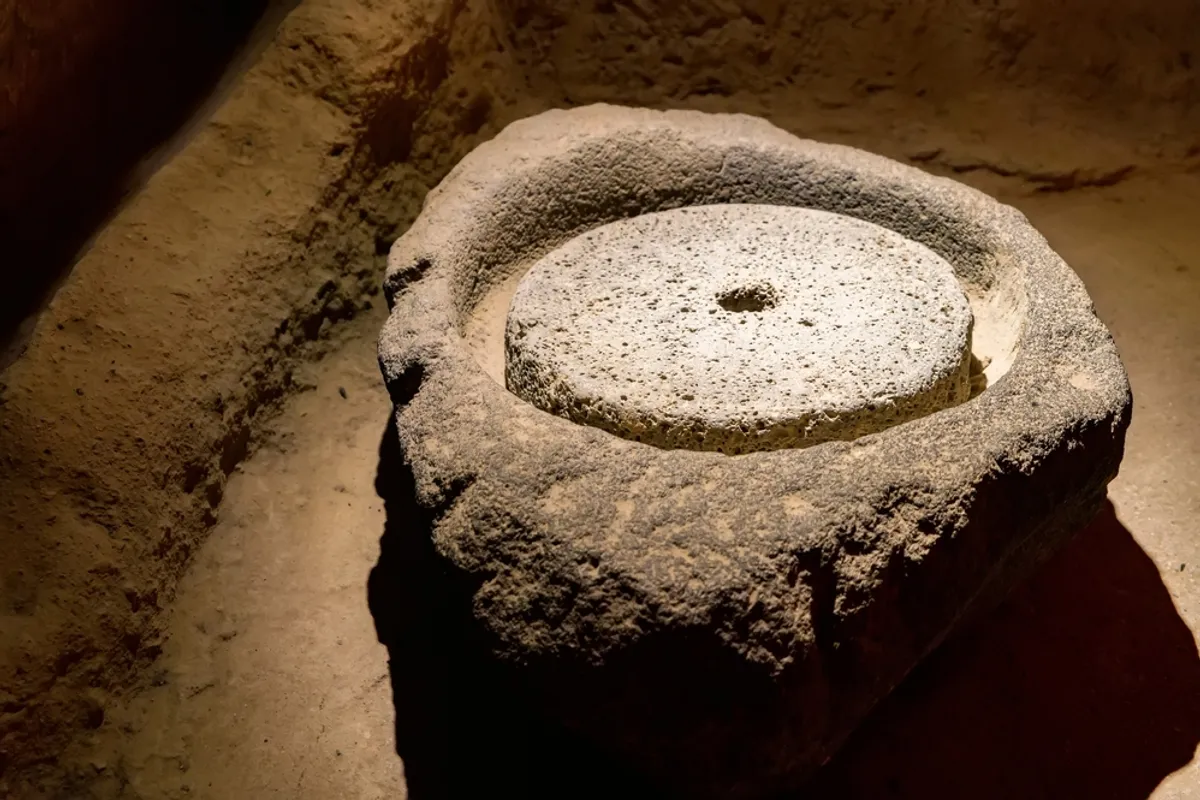Louvre Museum Robbery: How Thieves Pulled Off a Daring Heist in Broad Daylight
Police stand near the Louvre Pyramid in Paris after thieves made off with priceless jewels from the museum’s Apollon Gallery.
The Louvre — the world’s most-visited museum — was plunged into chaos on Sunday after a bold daylight robbery at its famed Apollon Gallery, home to France’s Crown Jewels. Eight pieces of historic jewellery were stolen in what authorities are calling a “highly professional operation.”
The Heist: How the Thieves Broke In
At around 9:30 a.m., just half an hour after the museum opened to visitors, four masked thieves arrived in a truck fitted with a basket lift along the Seine-facing side of the Louvre. Using an angle grinder and power tools, they forced entry through a second-floor balcony window.
Once inside, they smashed glass display cases and snatched jewels from the 17th-century gallery. As alarms blared, the thieves fled within minutes, escaping on motorbikes. The entire heist lasted under 10 minutes, according to Interior Minister Laurent Nunez, who described it as “the work of an experienced team who had clearly scouted the location.”
What Was Stolen — and What Wasn’t
The French Culture Ministry confirmed that eight pieces of jewellery were stolen. However, the thieves dropped their most valuable prize — the crown of Empress Eugénie, wife of Napoleon III — while escaping.
They also left behind the Regent Diamond, one of the most famous gems in the world, valued at over $60 million (£45 million) and displayed nearby.
Among the missing treasures are:
A sapphire necklace, tiara, and earrings once belonging to Queens Marie-Amélie and Hortense.
Several pieces from the Marie-Louise jewellery set, linked to Napoleon’s second wife.
These jewels were part of the Apollon Gallery, designed in 1661 under Louis XIV and later serving as inspiration for Versailles’ Hall of Mirrors.
Shock and Political Fallout
The heist has sparked outrage and political debate across France. Far-right leader Jordan Bardella condemned the theft as “an unbearable humiliation” and a symbol of “state decay.”
President Emmanuel Macron responded swiftly, vowing to recover the stolen pieces and bring the perpetrators to justice. “The theft committed at the Louvre is an attack on our heritage and history,” he said.
Minister Nunez called it “a major robbery” and promised further security reinforcements, noting that despite recent upgrades, the museum’s protections “are not equally robust across all collections.”
Public Reaction: Disbelief at Security Failures
Visitors were left stunned. “How can they ride a lift to a window and take jewels in the middle of the day?” asked Magali Cunel, a teacher visiting from Lyon. “It’s unbelievable that a museum this famous could have such obvious security gaps.”
While masterpieces like the Mona Lisa remain shielded behind bulletproof, climate-controlled glass, the theft highlights vulnerabilities elsewhere among the Louvre’s 33,000 exhibited objects.
Has the Louvre Been Robbed Before?
This isn’t the first time the Louvre has been at the center of an infamous theft.
In 1911, Italian handyman Vincenzo Peruggia stole the Mona Lisa, hiding inside the museum overnight and walking out with it under his coat. The painting was recovered two years later.
In 1956, a visitor threw a stone at the same masterpiece, damaging it and prompting the museum to install protective glass — a security measure that endures today.
What Happens Next
French police have launched a nationwide manhunt, reviewing CCTV footage and investigating possible international buyers or criminal networks that could handle such rare, identifiable artefacts. Experts say the jewels are nearly impossible to sell openly, leading many to fear they could be dismantled or melted down.
For now, the world’s attention turns once again to the Louvre, not for its art — but for one of the most daring museum robberies in modern French history.







